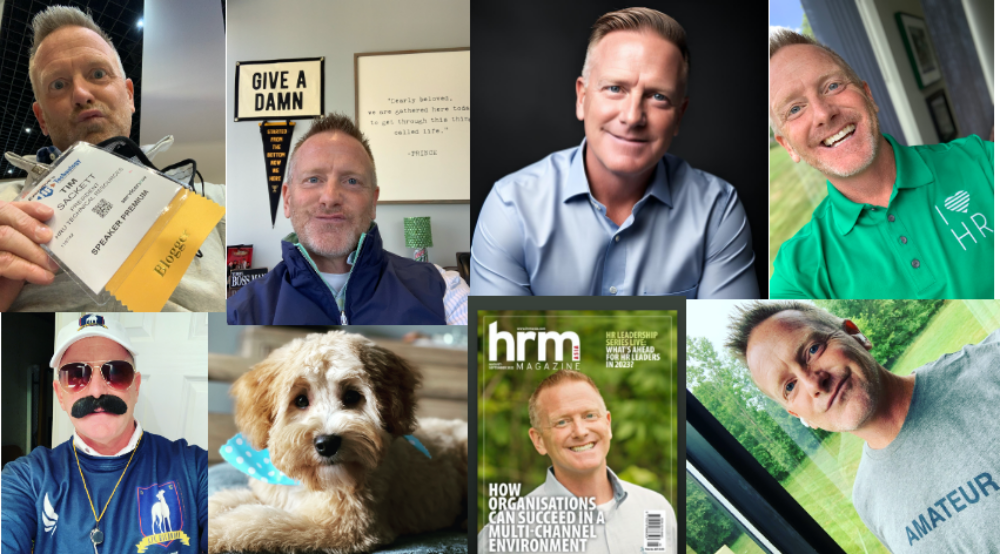Regular readers of this blog know I’m a huge Michigan State fan, and a basketball fan. So, this week, when the Golden State Warriors won the 2015 NBA Finals I was excited. Not because I’m a big Warriors fan, although I do love their style of plan, but because former Sparty, Draymond Green, is on the Warriors and played his butt off!
Three years ago Draymond was the National Collegiate Player of the year, then he got drafted in the second round. Normally, a player reaching that level is a for sure lottery pick, but DayDay was told he was too small, too slow, didn’t have enough skill to play in the NBA. What they didn’t measure was his ability to lead and his heart to win:
CBSSports.com’s Zach Harper captured Green yelling to his mother, Mary Babers-Green, “Mom, they told me I can’t play in this league!”…”That’s what they said,” Green said postgame. “I won the national player of the year award in college. Consensus all-American. I made every single first-team all-American [team] that you could possibly make. And I was a second-round pick and a lot of people said I could never play in this league. Too slow, too small, can’t shoot well enough, can’t defend nobody, what does he do well? He doesn’t have a skill that stands out. I got heart and that’s what stands out.”
Constantly, throughout the playoffs you heard the Warrior players and coaches say that Draymond was the heart and soul of this team.
That’s the secret sauce to hiring. You need to hire more employees like Draymond Green.
Employees who appreciate the opportunity they’ve been given. Want to prove to everyone they are better than other think, but confident in their own abilities. Willing to work harder than almost everyone else to make it happen.
Sounds easy, right!?!
It’s not, it’s almost impossible to find individuals that have those traits and also fit within your culture! The Warriors got lucky. Second round picks in the NBA are throw away picks, most of those players never make an NBA roster. You can get lucky as well.
Most of the traits you are looking for can be screened if you’re looking for them. The problem is we are usually screening for two or three main criteria when looking at candidates: Do you have the skills for the job? Are you willing to accept the salary we have for this job? Are you ‘hickey’ free? If yes to all three, move forward to hiring manager.
This is where we fail. Things like heart and passion and desire are the differentiators that make someone success. You still need to have the skill, but all skills being close, you then need the intangibles. Too often we choose someone based on their skill was slightly better. Once you get to a certain point in skill, a little more skill doesn’t make that much of a difference.
At that point you want to look someone who has a chip on their shoulder. Something to prove. To show the world, yes, I can do it.
“Mom, they told me I couldn’t play in this league!” Said the man holding the championship trophy.
